In 2013, standing in her backyard at the misty base of the Ko‘olau mountain range, Jacqueline Rush Lee lowered a kiln-fired sculpture of screwed-together telephone books into the empty hollow of a tree. The mass of heat-warped pages sank into the gap of the tree stump like a perfectly fashioned puzzle piece.
A year later, Lee retrieved the whorl of deconstructed books from the tree. The sculpture, now black with mold, had stiffened into a new state of matter. Much like petrified wood, the pages Lee had so intricately fused and fashioned into coils and ribbon-like waves had become hard and sturdy. She rapped a finger against her cylindrical work, delighting in the hollow twang that sounded.
Ever the experimentalist, Lee was full of glee. Her probe to discover how insects and the elements might transform a sculpture of books was finally complete. “[That final moment] was like Christmas,” says Lee, who hails from Northern Ireland. “Here I had this totally transformed object. You could tap it, and it would knock at you. It almost became like the tree again, like these books were returning to their earlier form. I did some research, and apparently, this has to do with the termites encasing it and spitting on it.” In 2016, Lee replicated her experiment on the grounds of the University of Hawai‘i at Mānoa. Recording the effects that the passage of time have had on the books, she will retrieve the sculptures from the trees in September 2017.
A pioneer of the altered book medium, Lee’s art is expressive, abstract, and sometimes violent. Though her work includes books sanded into the comely shape of a flower, many of her pieces evoke more macabre subjects, such as open wounds, fossils, and even skeletal remains. Others bring to mind a sushi roll or red molten lava. The concept of book art might seem quaint, but Lee boasts a body of work that is fiercely aberrant and modern. Almost none of her work appears book-like.
“Right now I’m making something with The Art of War, and it’s very violent,” says Lee, who was spurred to create this work after a blog described a piece she had made, The First Cut—which employed Ovid’s Metamorphoses and resembled an anatomical slice of a woman’s ovary—as “lovely.” Lee recalls the moment, explaining, “That made me very angry because my work is far from lovely. … There’s this whole gendered response to my work that I find infuriating. I kind of want to start metaphorically smashing up the china a little bit this year in response to that.”
Lee, who reveres books and the power in the words they contain, explains that her attraction to artmaking with volumes that range from Mao Tse-tung’s Little Red Book to the Bible is rooted in the idea that the book, as a medium, offers opportunity for layered storytelling. Of course, every book contains the story conceived by its author, but embedded within its pages are also the stories of its previous owners, fascinating tales and origins that can be deciphered in the marginalia.
“I use old books because I really like that the books have belonged to someone else,” Lee says. “It’s sort of like their mana, or energy, is in the book, and it’s in my work. You have the author who writes the content of the book, and then you have this other very deeply personal content in the form of notes and sketches in the margins, or photographs hidden or saved in the pages from unknown people who maybe were given these books and discarded them. And then you have my work, which is informed by all of that content and history.”
Just as a dressmaker deconstructs a gown in order to understand its design, Lee bends, hammers, paints, burns, and submerges her books, transforming them into elemental building blocks that fit together to tell a new visual story.
“An old book is this amazing, poetic object that you can use unusual artistic processes to completely recreate,” she says. “And in doing that, you’re left with something that tells a whole different narrative.”
For more information, visit jacquelinerushlee.com.
In 2013, standing in her backyard at the misty base of the Ko‘olau mountain range, Jacqueline Rush Lee lowered a kiln-fired sculpture of screwed-together telephone books into the empty hollow of a tree. The mass of heat-warped pages sank into the gap of the tree stump like a perfectly fashioned puzzle piece.
A year later, Lee retrieved the whorl of deconstructed books from the tree. The sculpture, now black with mold, had stiffened into a new state of matter. Much like petrified wood, the pages Lee had so intricately fused and fashioned into coils and ribbon-like waves had become hard and sturdy. She rapped a finger against her cylindrical work, delighting in the hollow twang that sounded.
Ever the experimentalist, Lee was full of glee. Her probe to discover how insects and the elements might transform a sculpture of books was finally complete. “[That final moment] was like Christmas,” says Lee, who hails from Northern Ireland. “Here I had this totally transformed object. You could tap it, and it would knock at you. It almost became like the tree again, like these books were returning to their earlier form. I did some research, and apparently, this has to do with the termites encasing it and spitting on it.” In 2016, Lee replicated her experiment on the grounds of the University of Hawai‘i at Mānoa. Recording the effects that the passage of time have had on the books, she will retrieve the sculptures from the trees in September 2017.
A pioneer of the altered book medium, Lee’s art is expressive, abstract, and sometimes violent. Though her work includes books sanded into the comely shape of a flower, many of her pieces evoke more macabre subjects, such as open wounds, fossils, and even skeletal remains. Others bring to mind a sushi roll or red molten lava. The concept of book art might seem quaint, but Lee boasts a body of work that is fiercely aberrant and modern. Almost none of her work appears book-like.
“Right now I’m making something with The Art of War, and it’s very violent,” says Lee, who was spurred to create this work after a blog described a piece she had made, The First Cut—which employed Ovid’s Metamorphoses and resembled an anatomical slice of a woman’s ovary—as “lovely.” Lee recalls the moment, explaining, “That made me very angry because my work is far from lovely. … There’s this whole gendered response to my work that I find infuriating. I kind of want to start metaphorically smashing up the china a little bit this year in response to that.”
Lee, who reveres books and the power in the words they contain, explains that her attraction to artmaking with volumes that range from Mao Tse-tung’s Little Red Book to the Bible is rooted in the idea that the book, as a medium, offers opportunity for layered storytelling. Of course, every book contains the story conceived by its author, but embedded within its pages are also the stories of its previous owners, fascinating tales and origins that can be deciphered in the marginalia.
“I use old books because I really like that the books have belonged to someone else,” Lee says. “It’s sort of like their mana, or energy, is in the book, and it’s in my work. You have the author who writes the content of the book, and then you have this other very deeply personal content in the form of notes and sketches in the margins, or photographs hidden or saved in the pages from unknown people who maybe were given these books and discarded them. And then you have my work, which is informed by all of that content and history.”
Just as a dressmaker deconstructs a gown in order to understand its design, Lee bends, hammers, paints, burns, and submerges her books, transforming them into elemental building blocks that fit together to tell a new visual story.
“An old book is this amazing, poetic object that you can use unusual artistic processes to completely recreate,” she says. “And in doing that, you’re left with something that tells a whole different narrative.”
For more information, visit jacquelinerushlee.com.
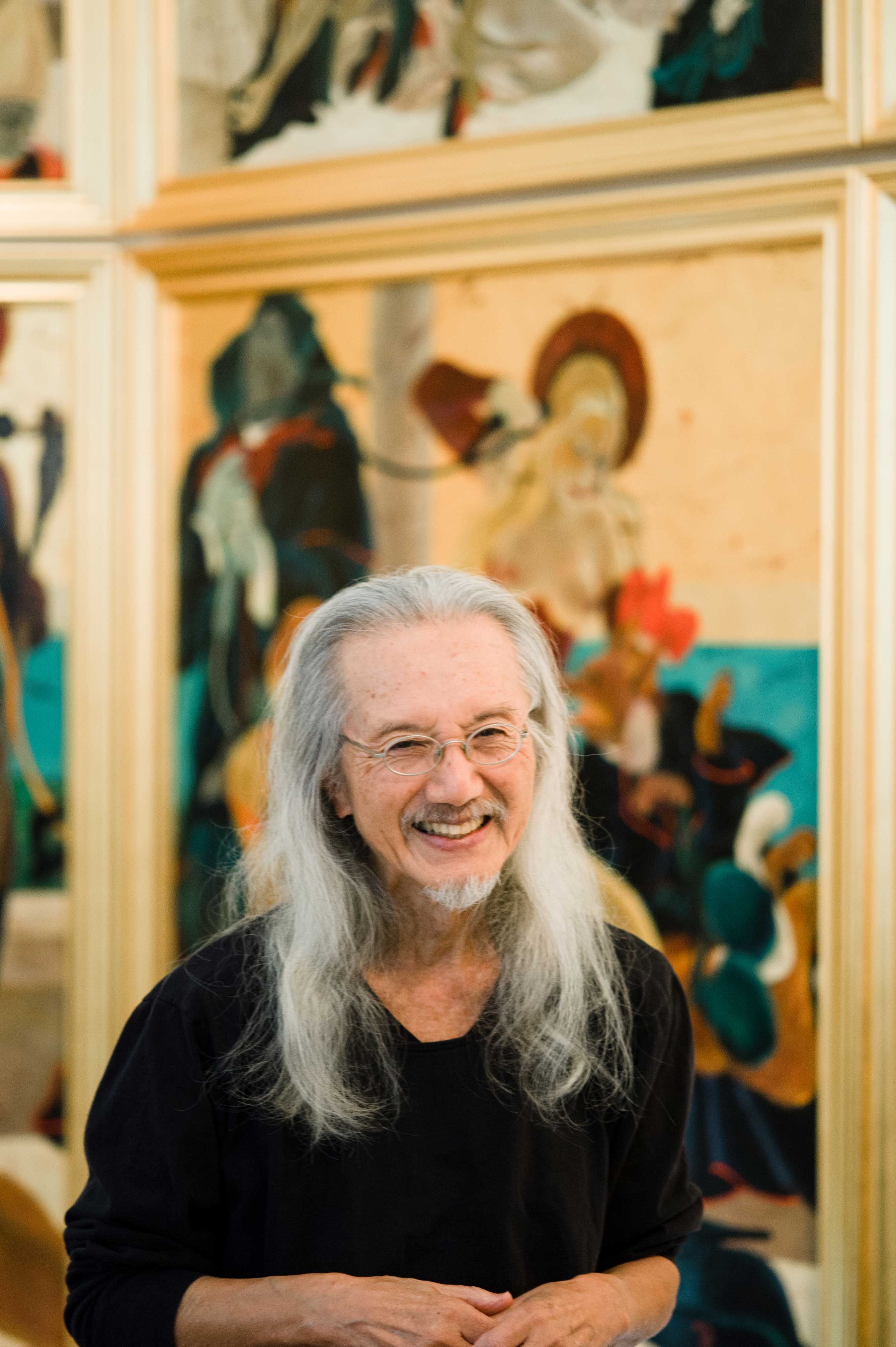
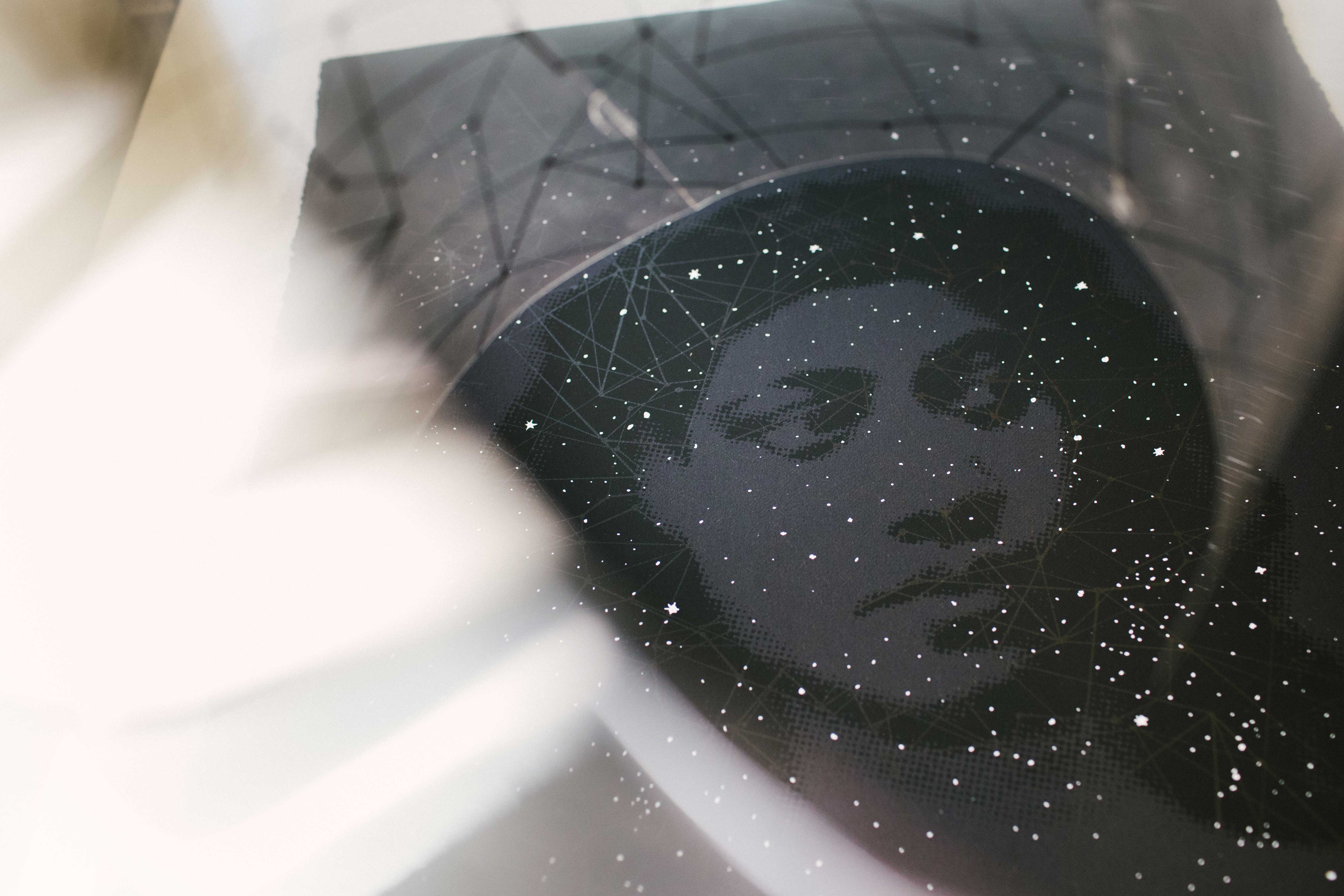

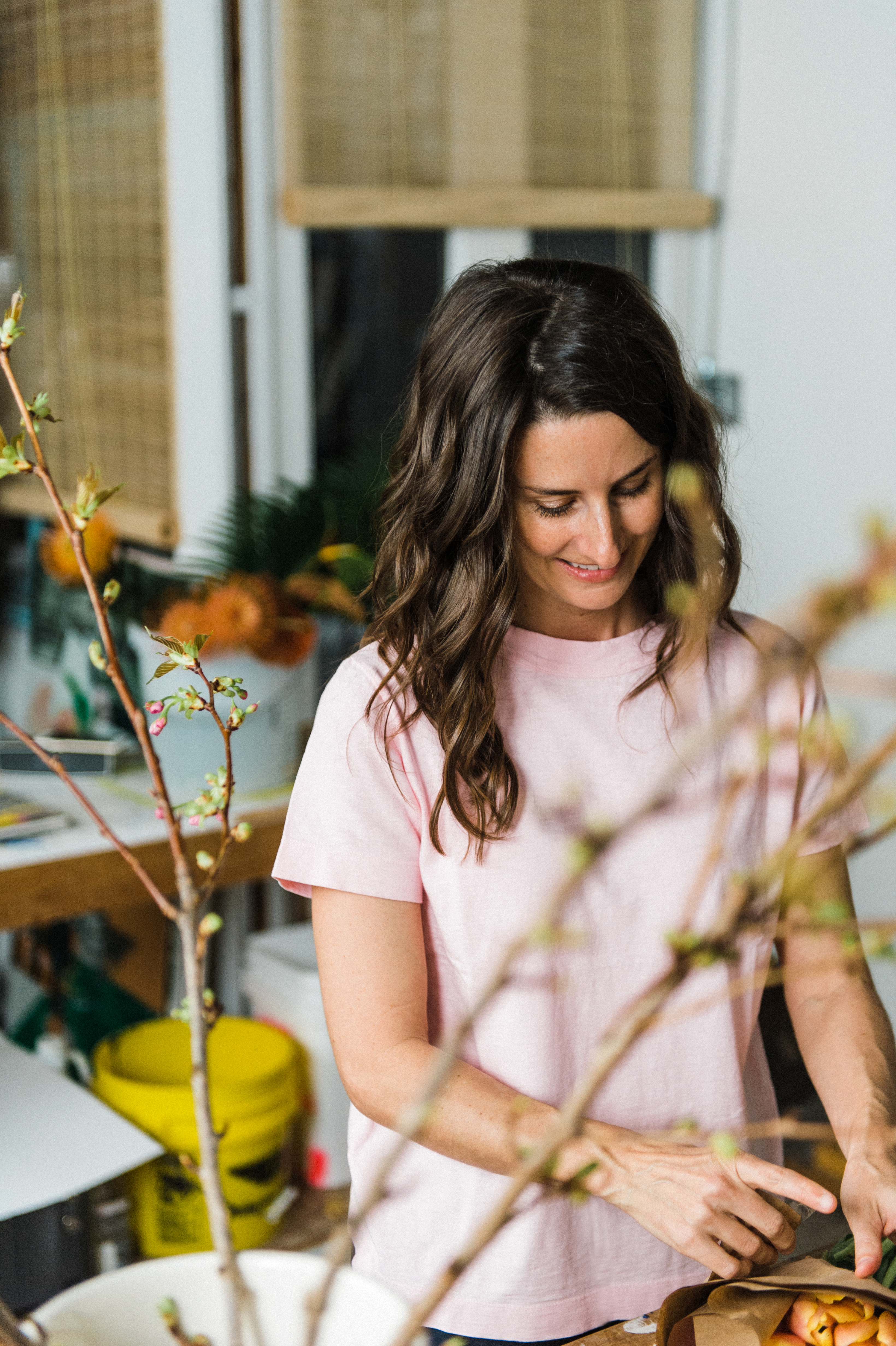
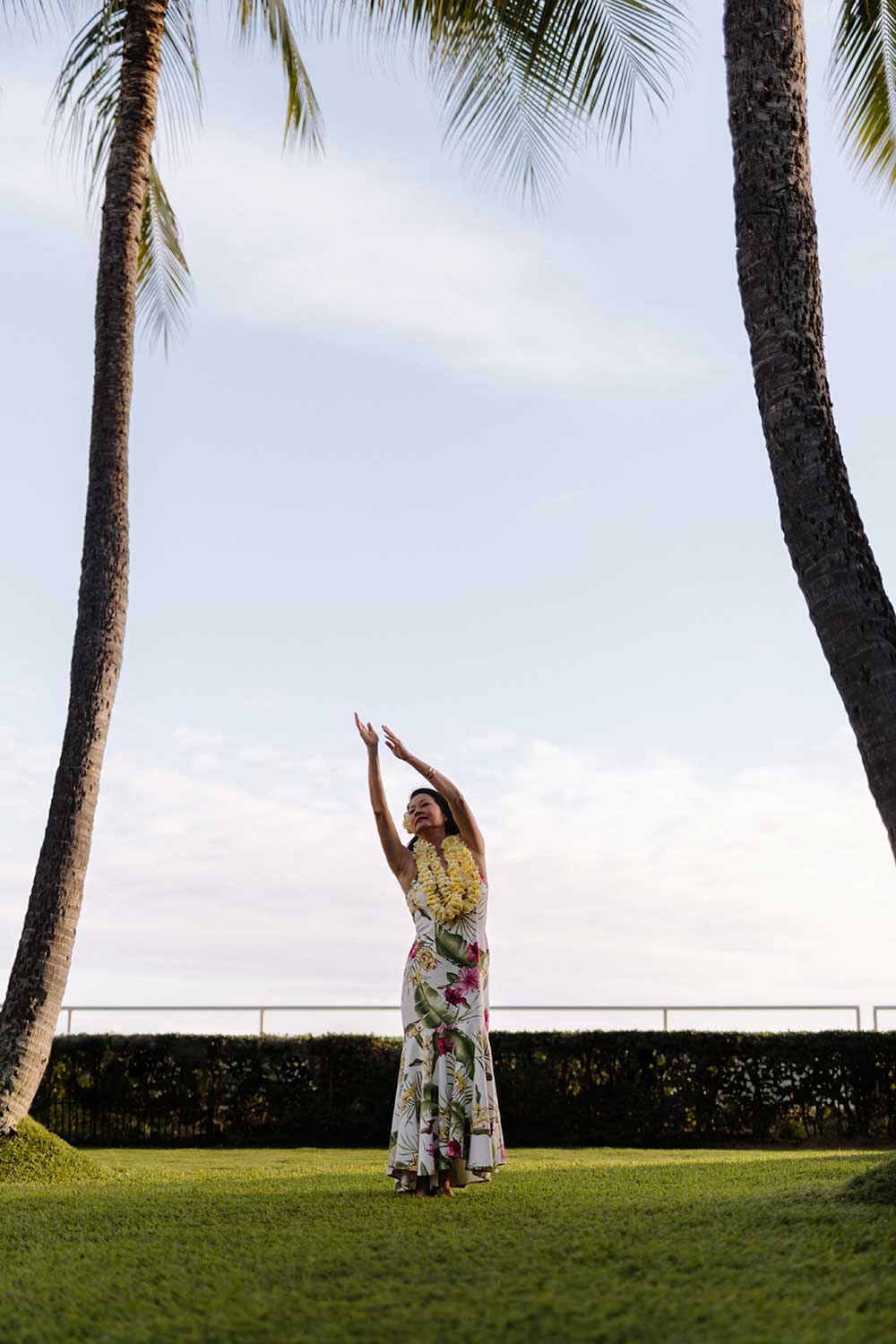
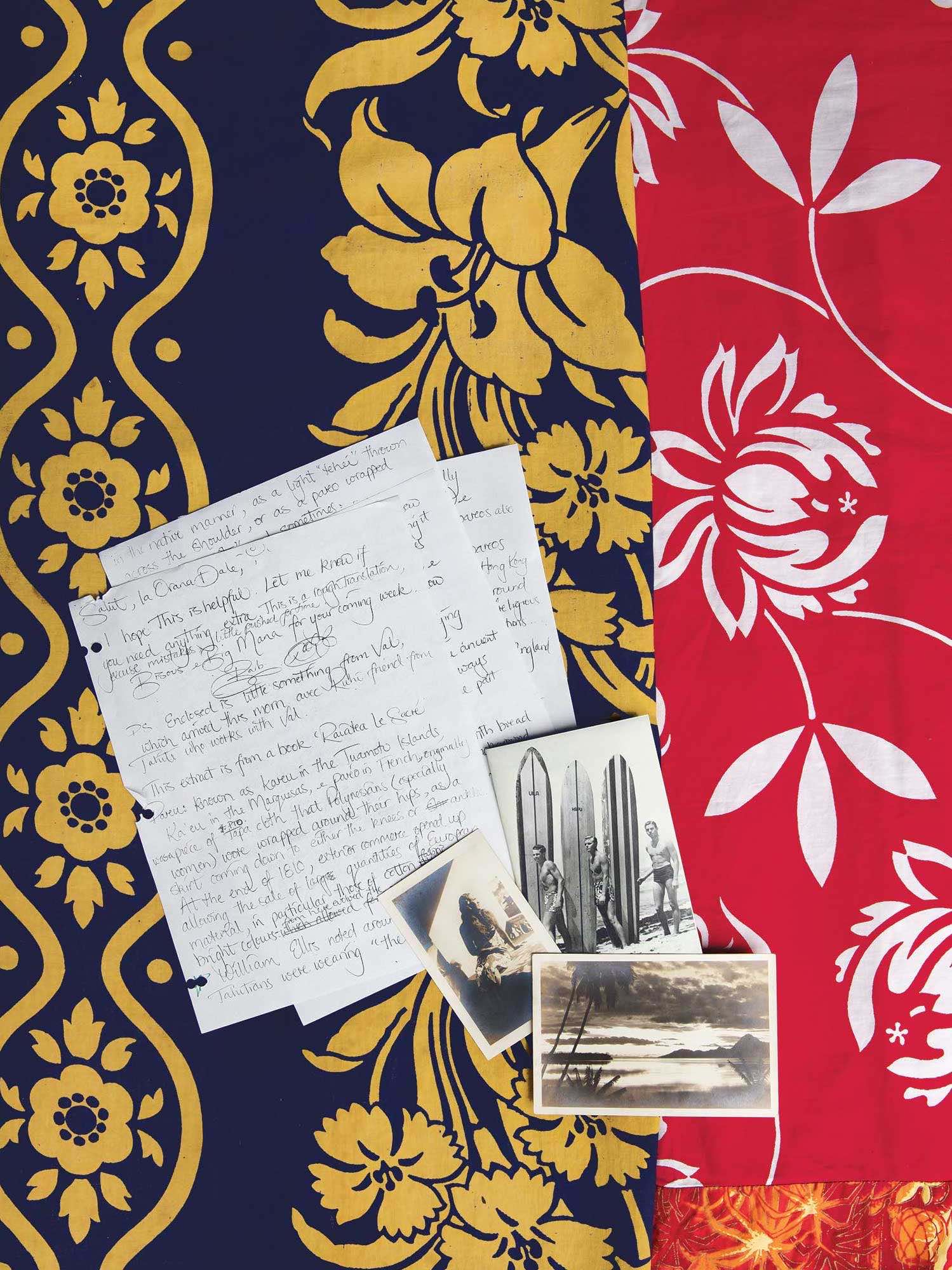
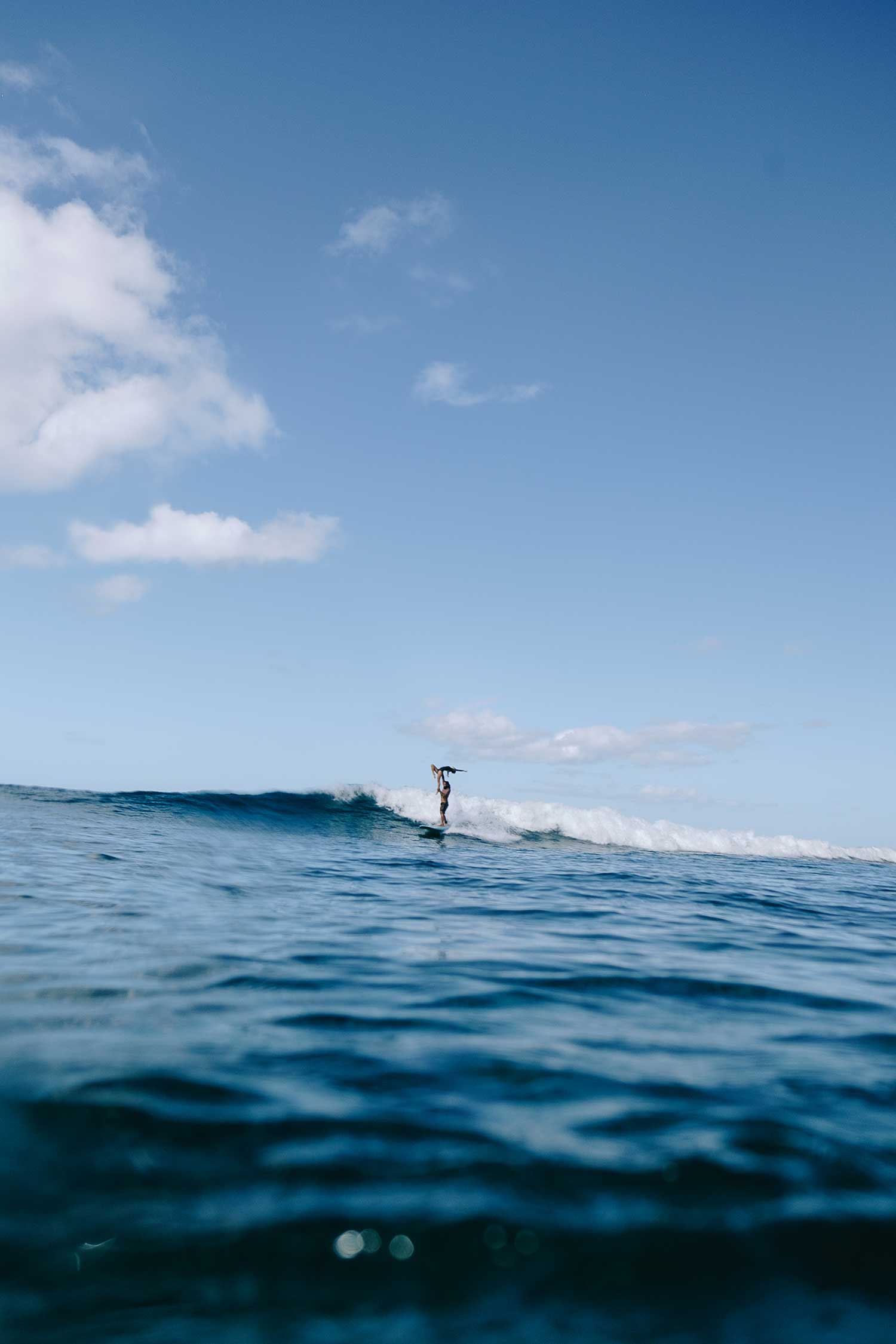
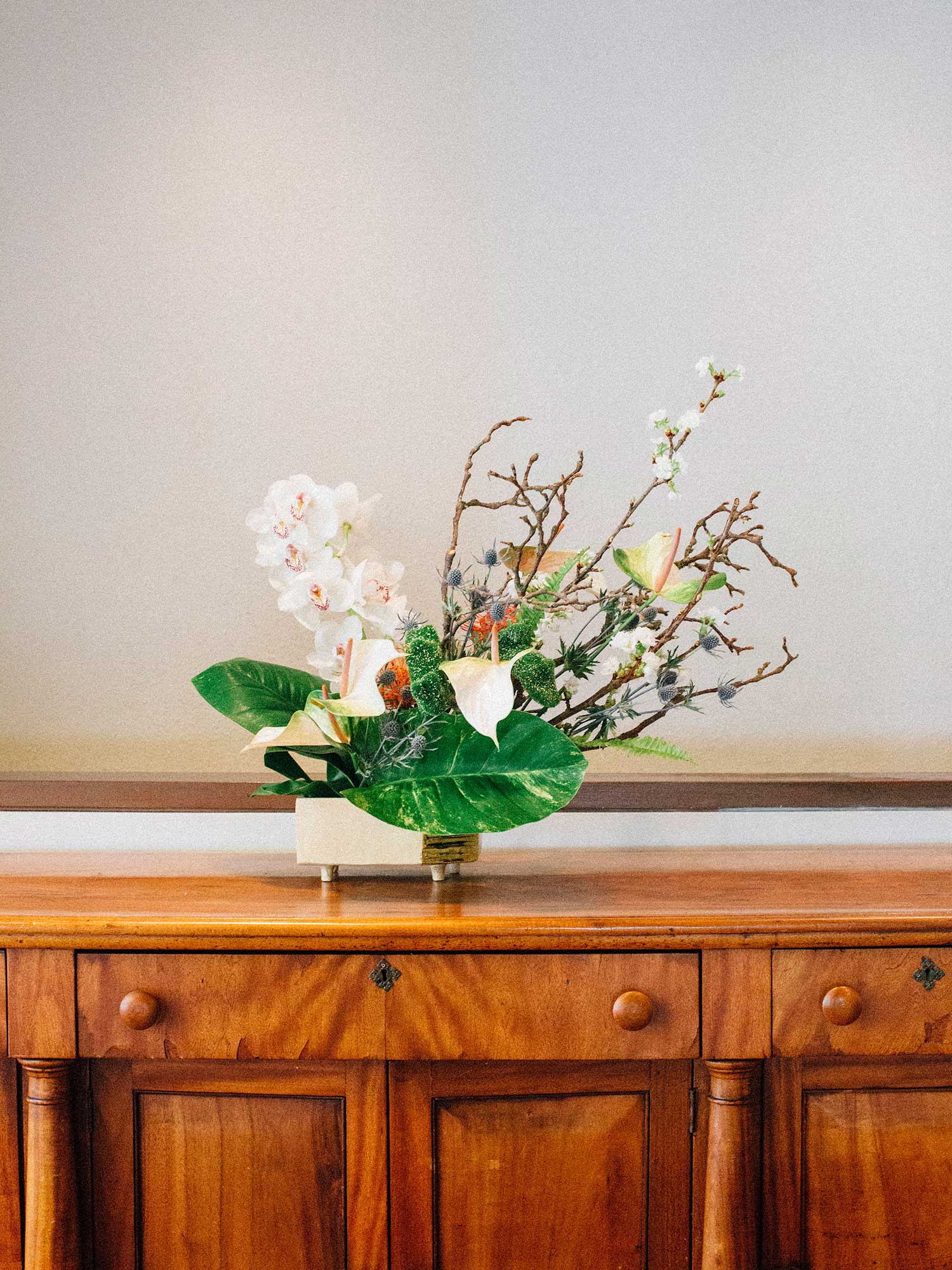
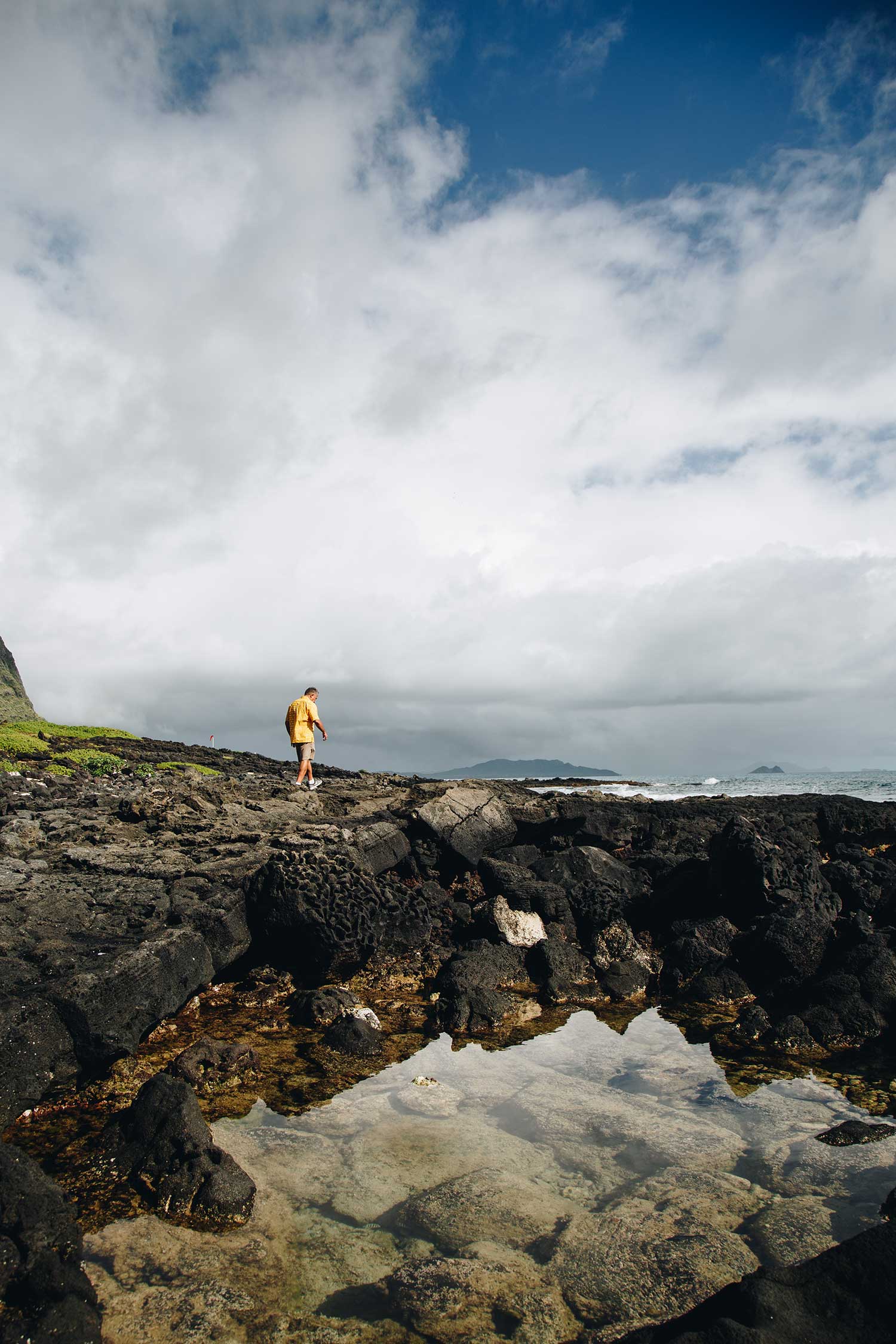
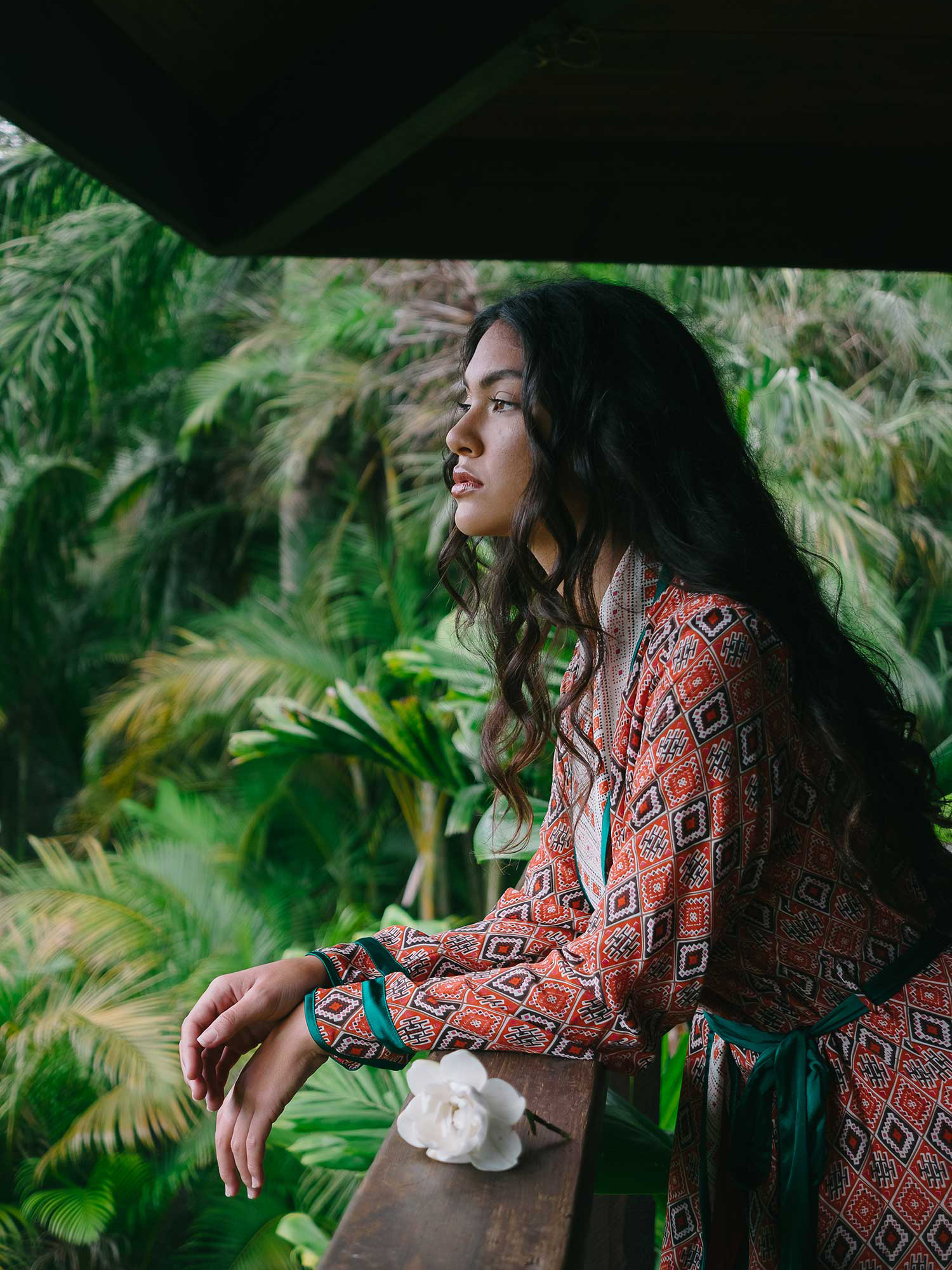
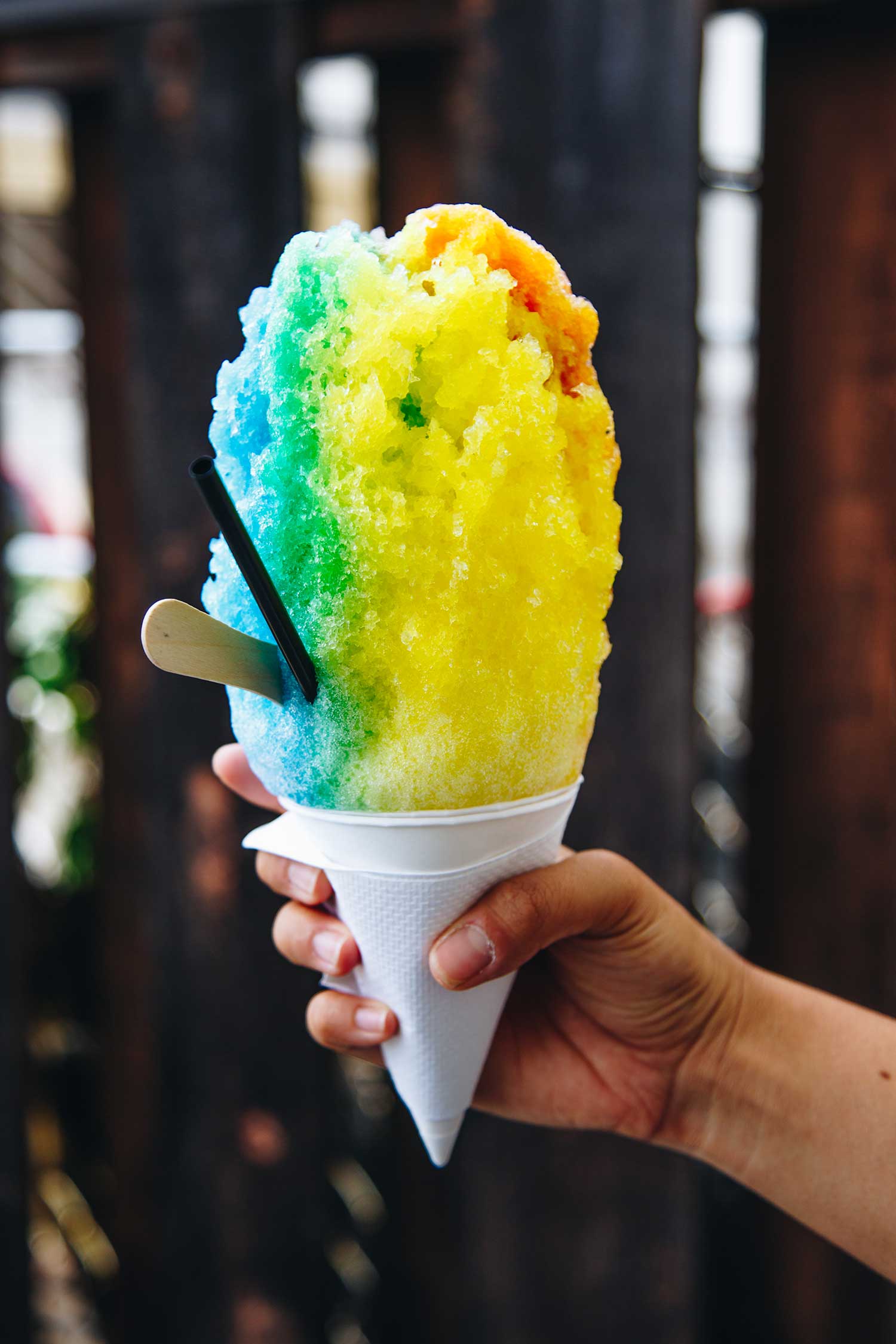
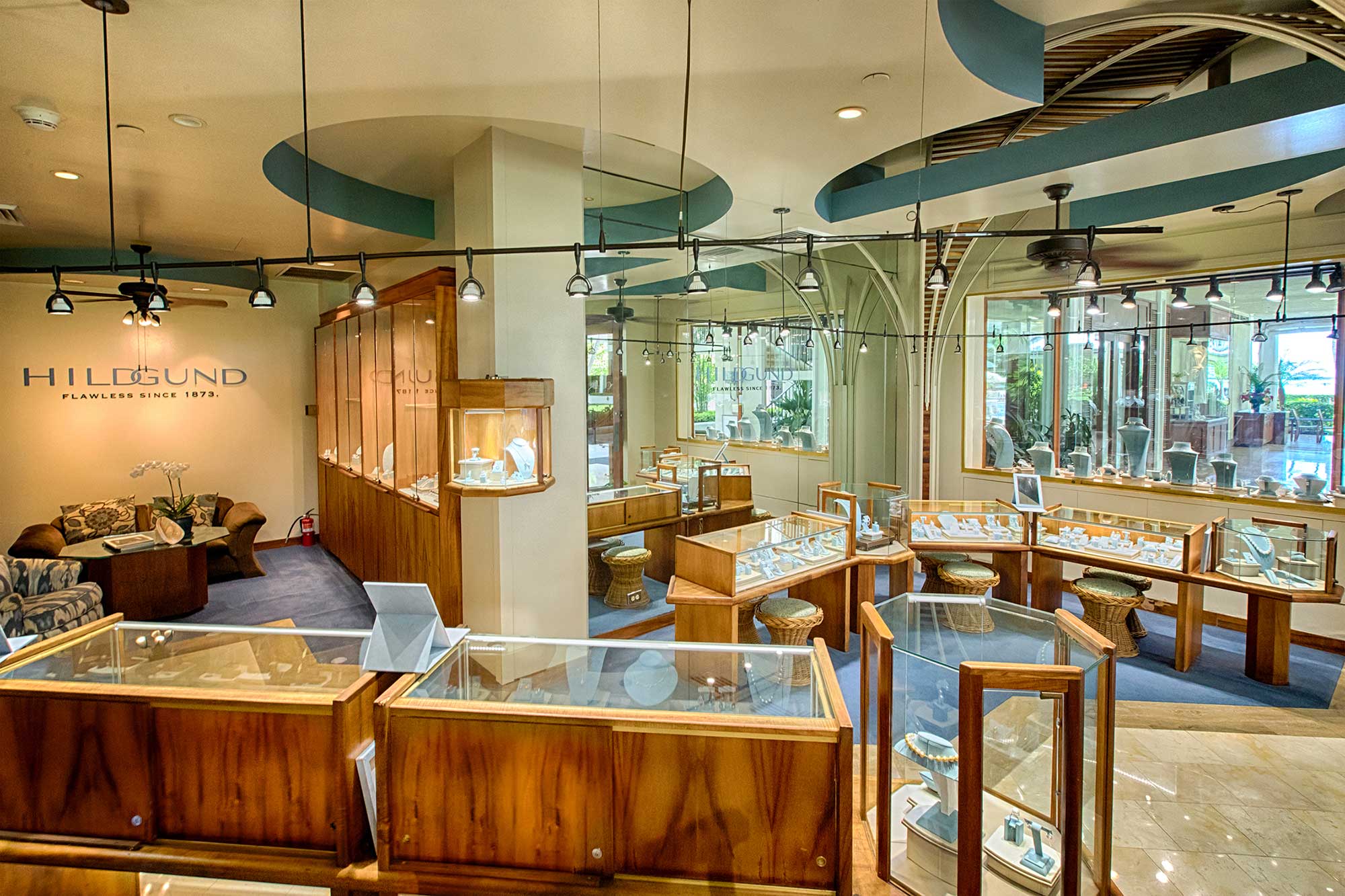
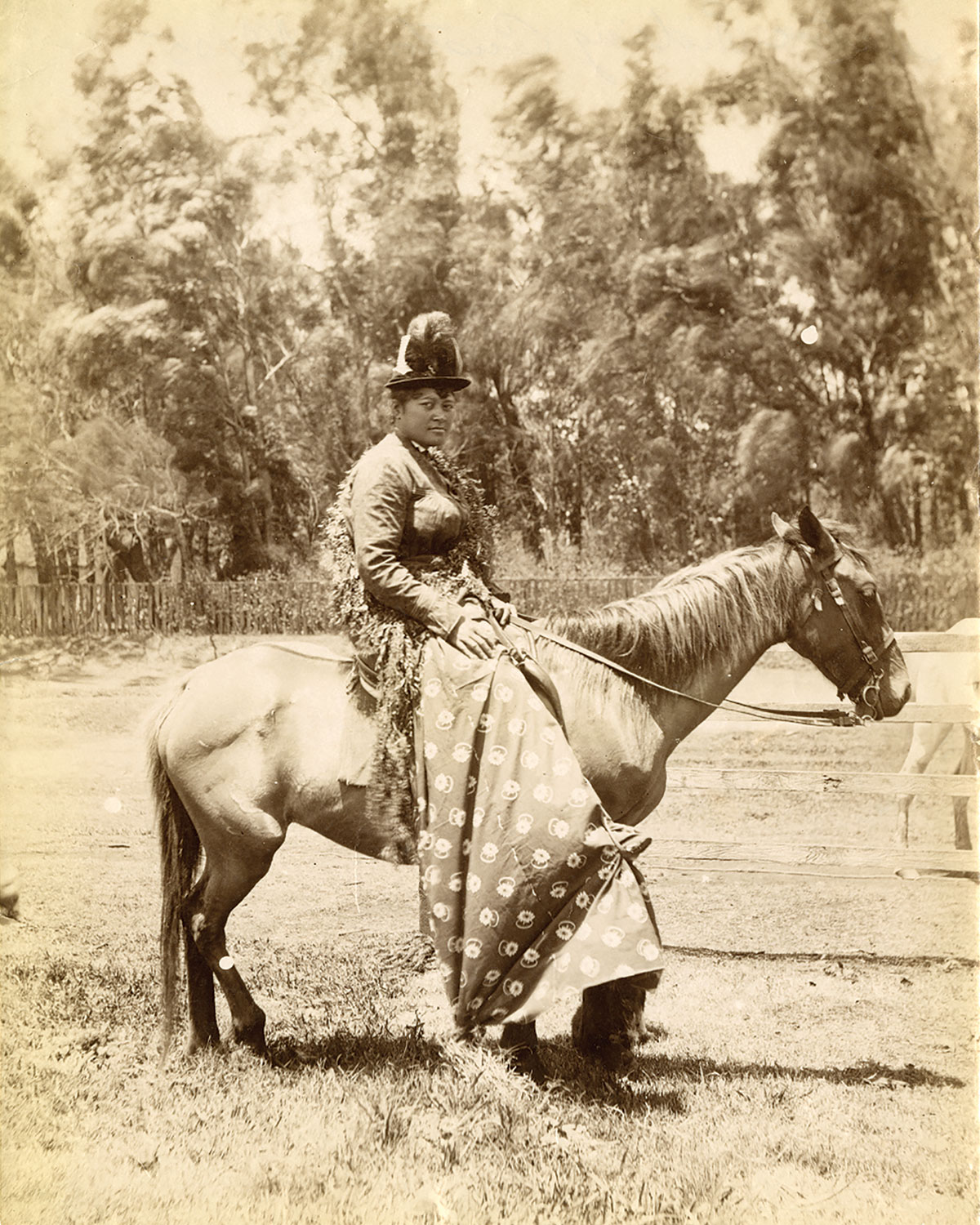
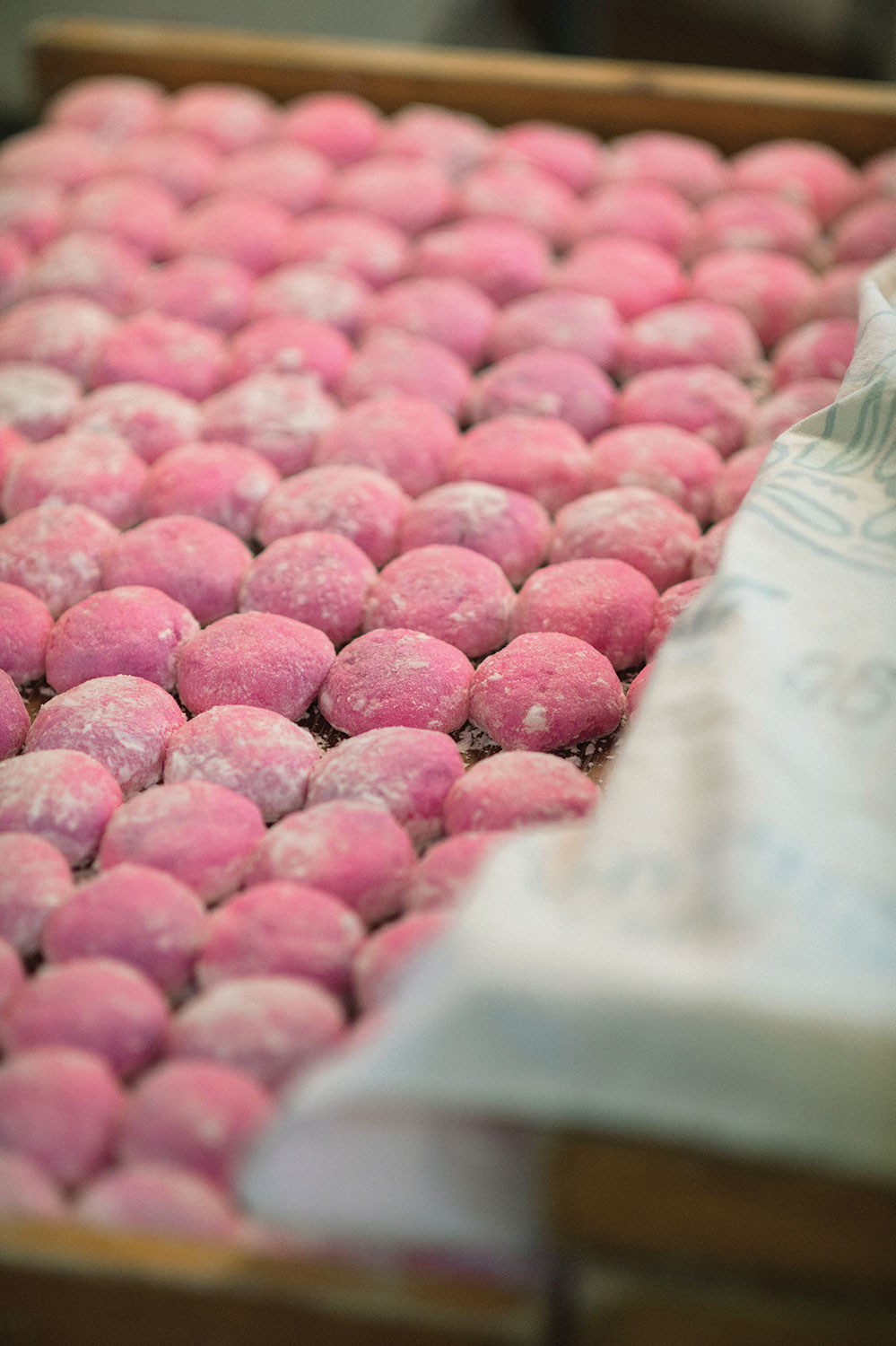
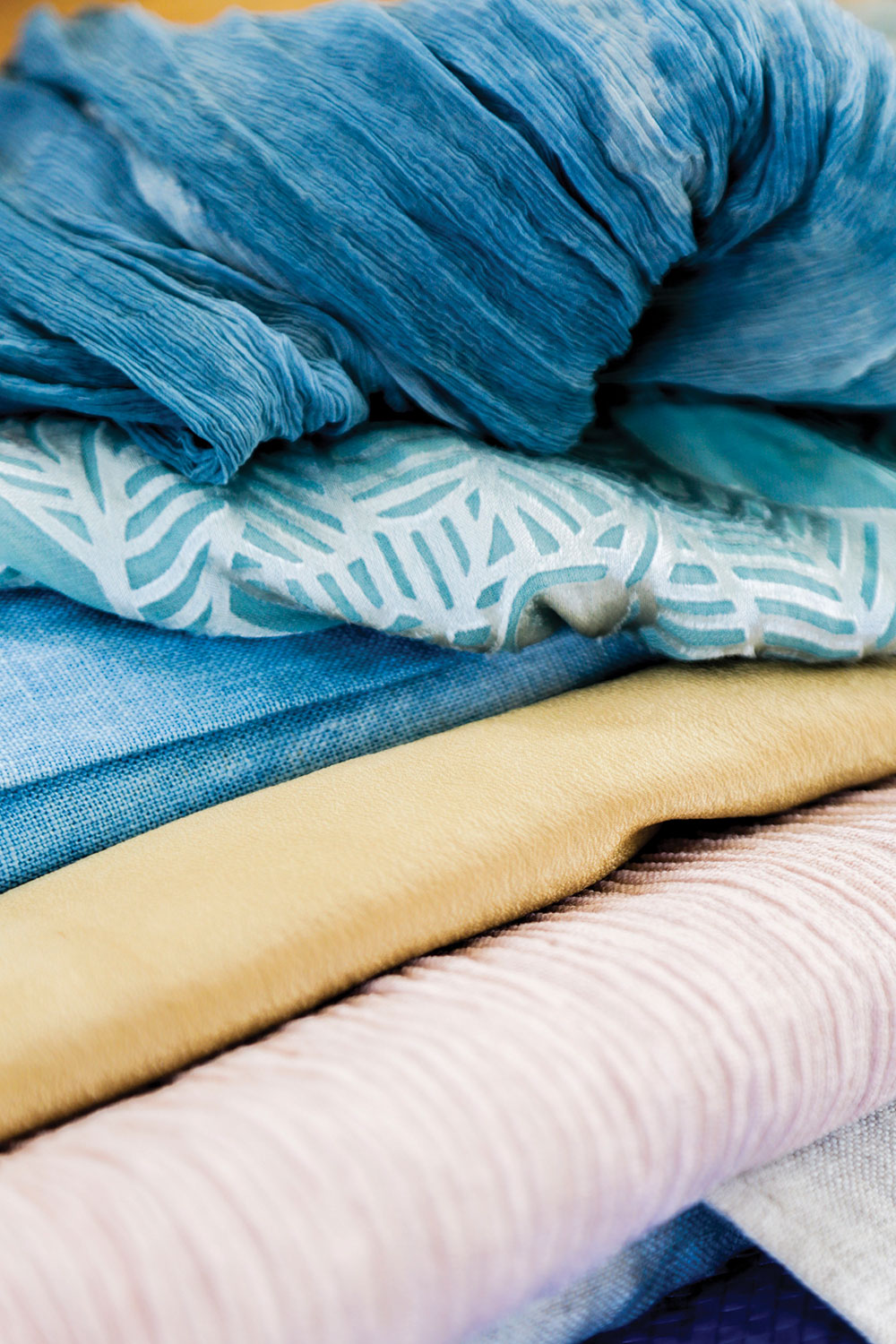
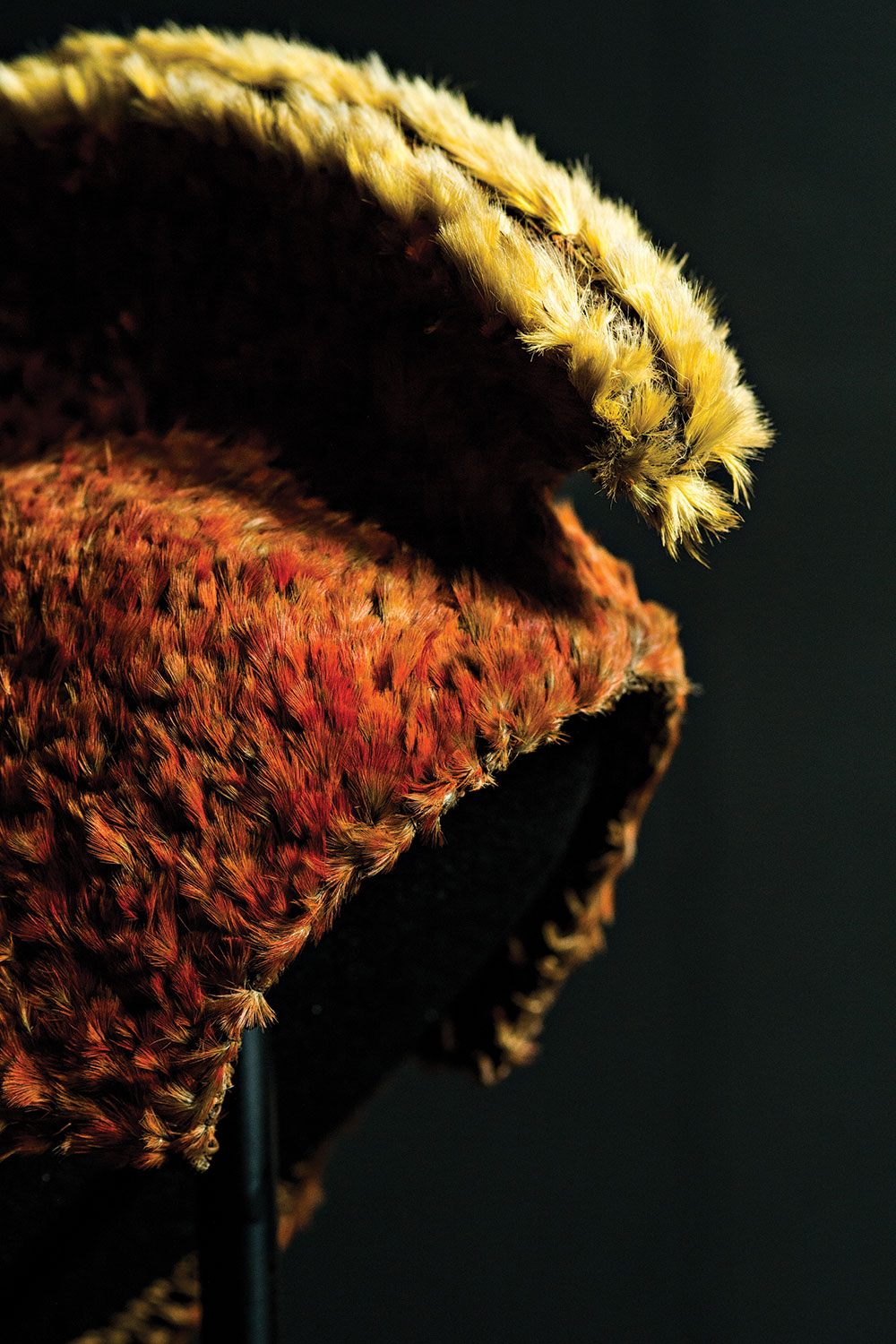
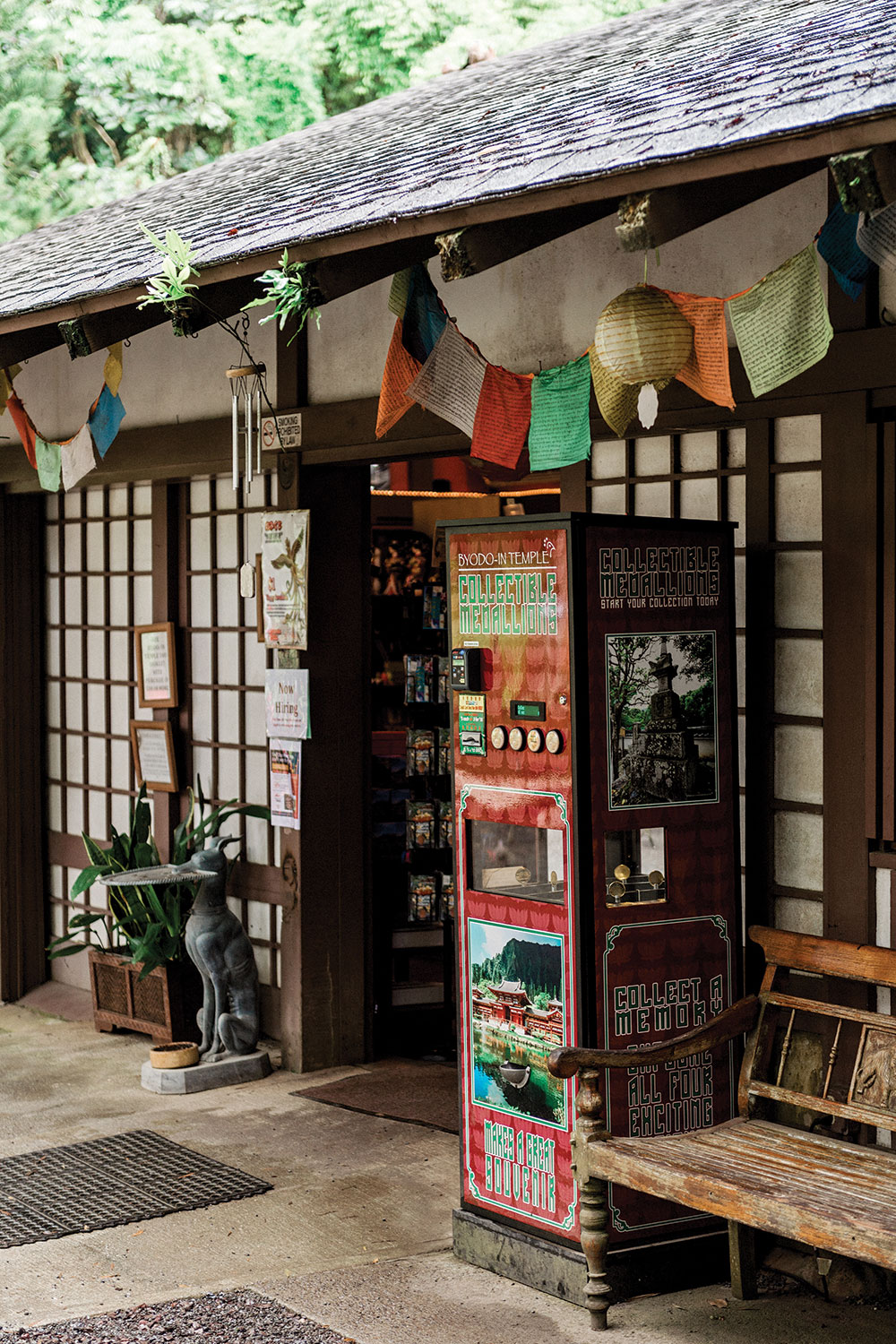
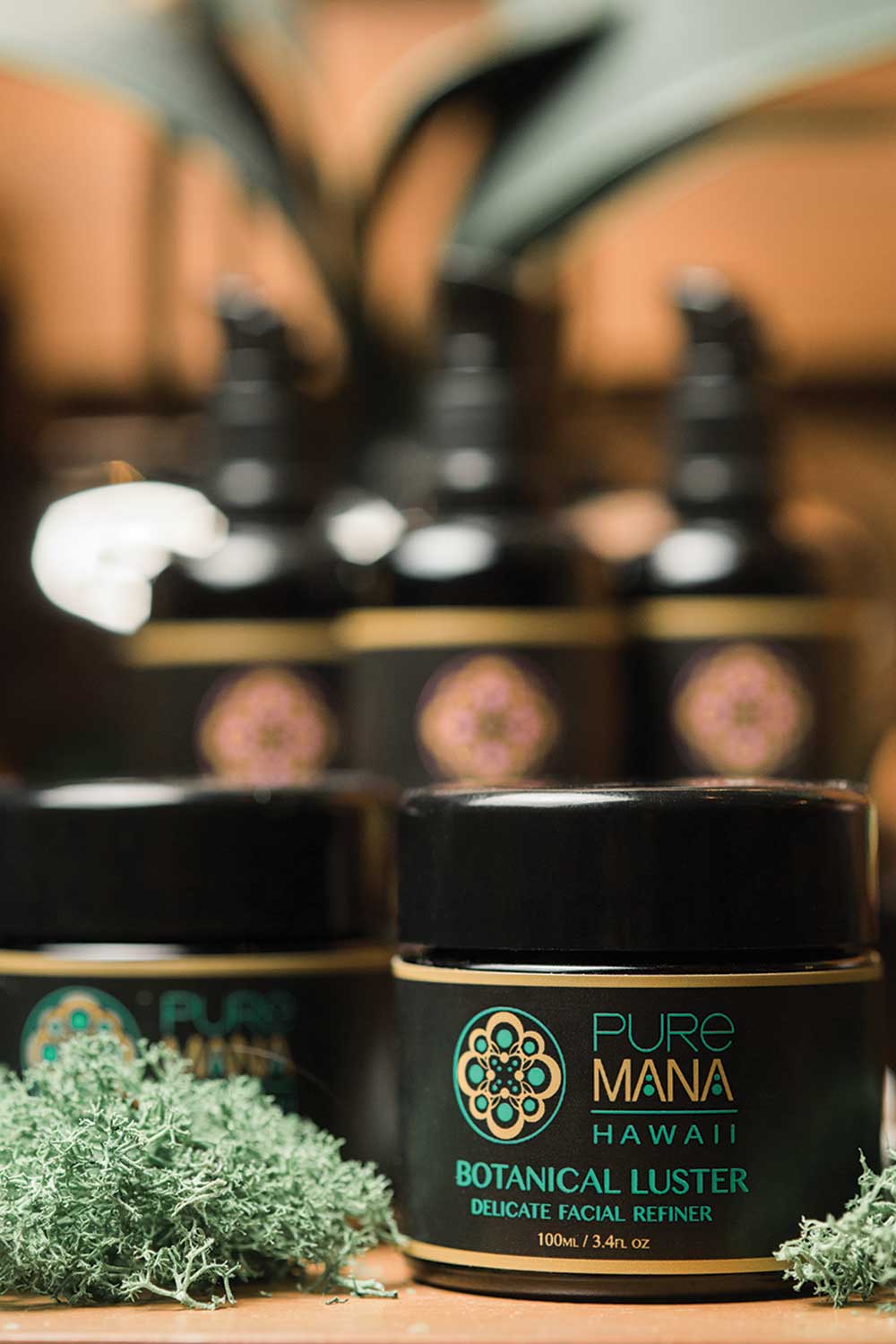

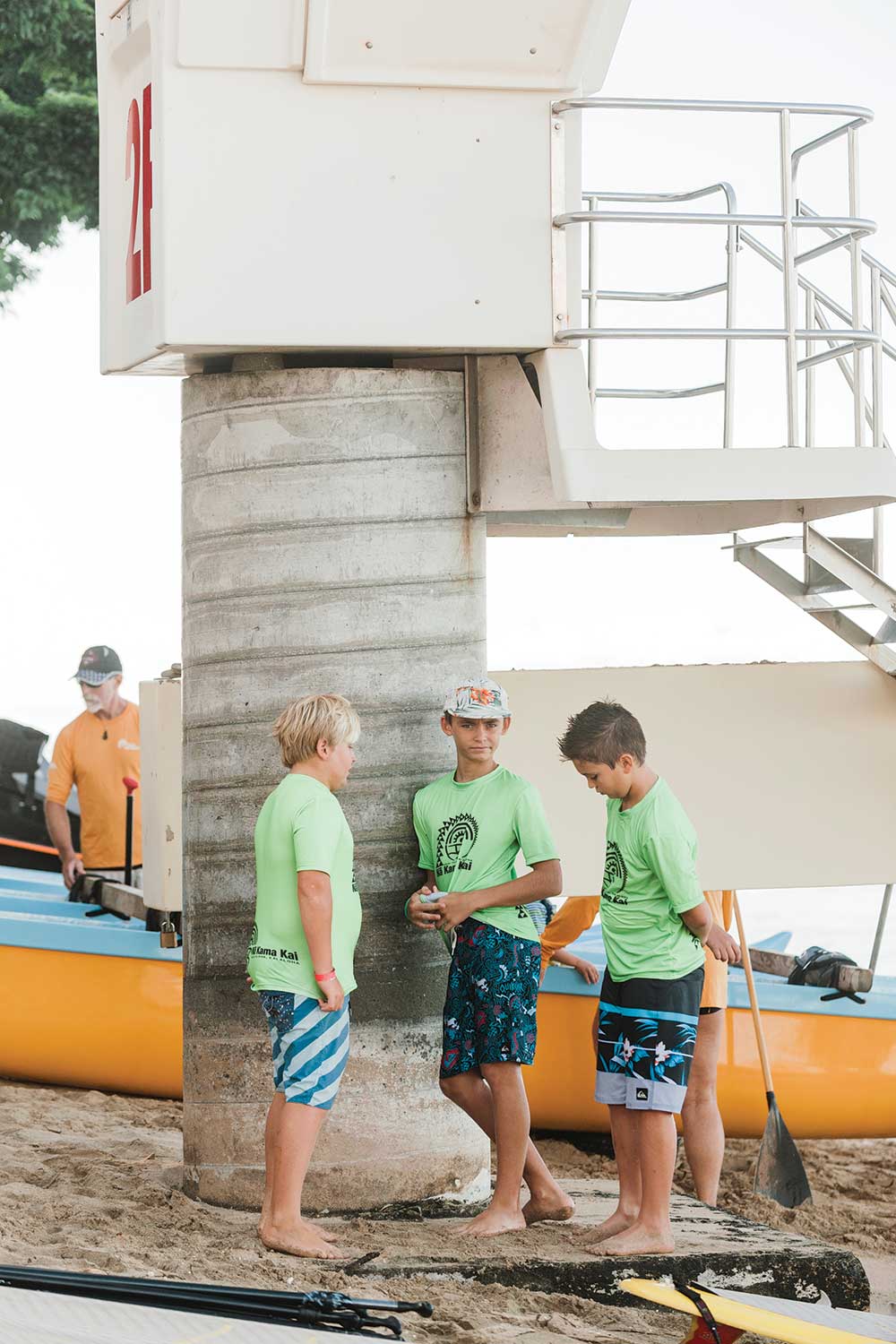
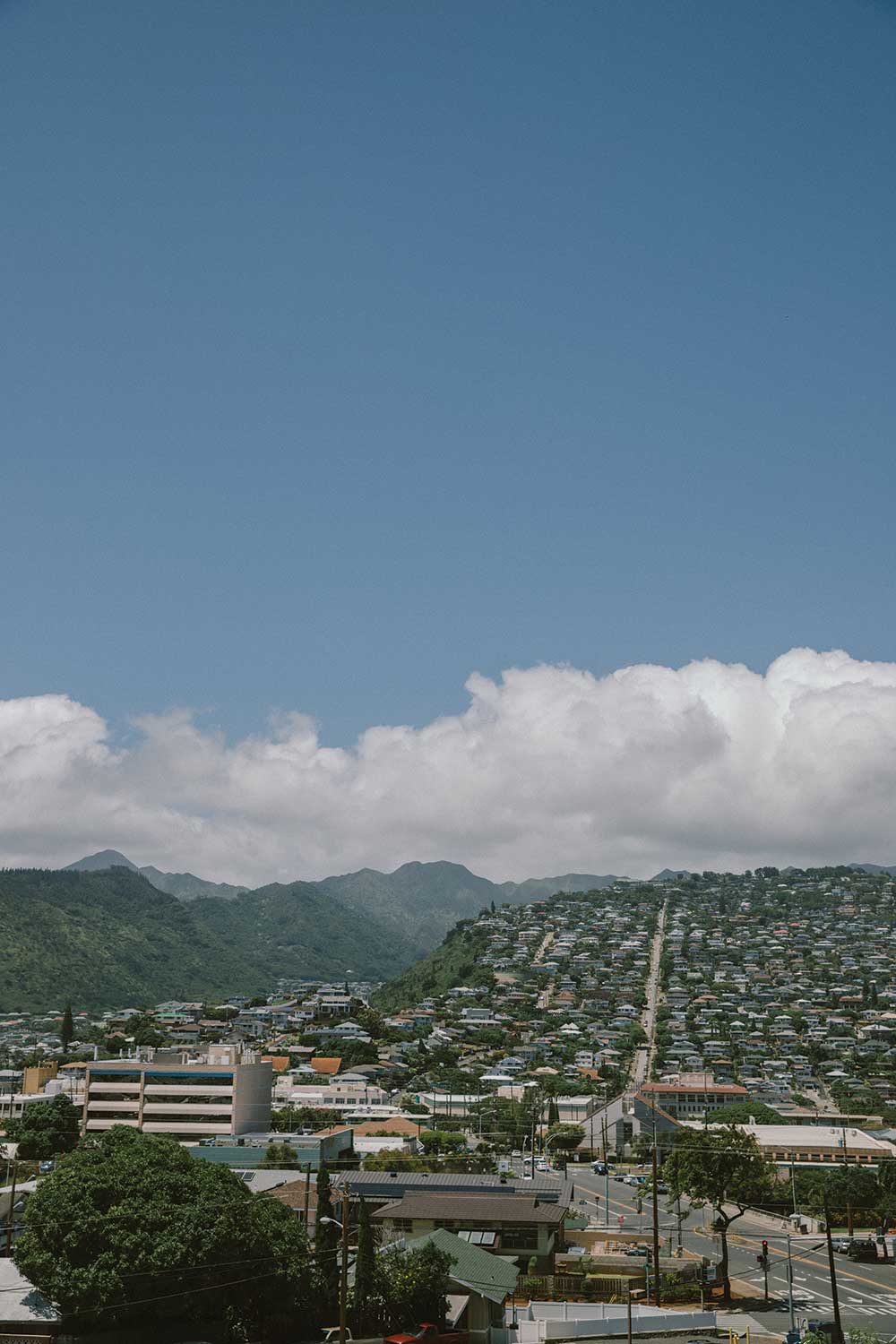

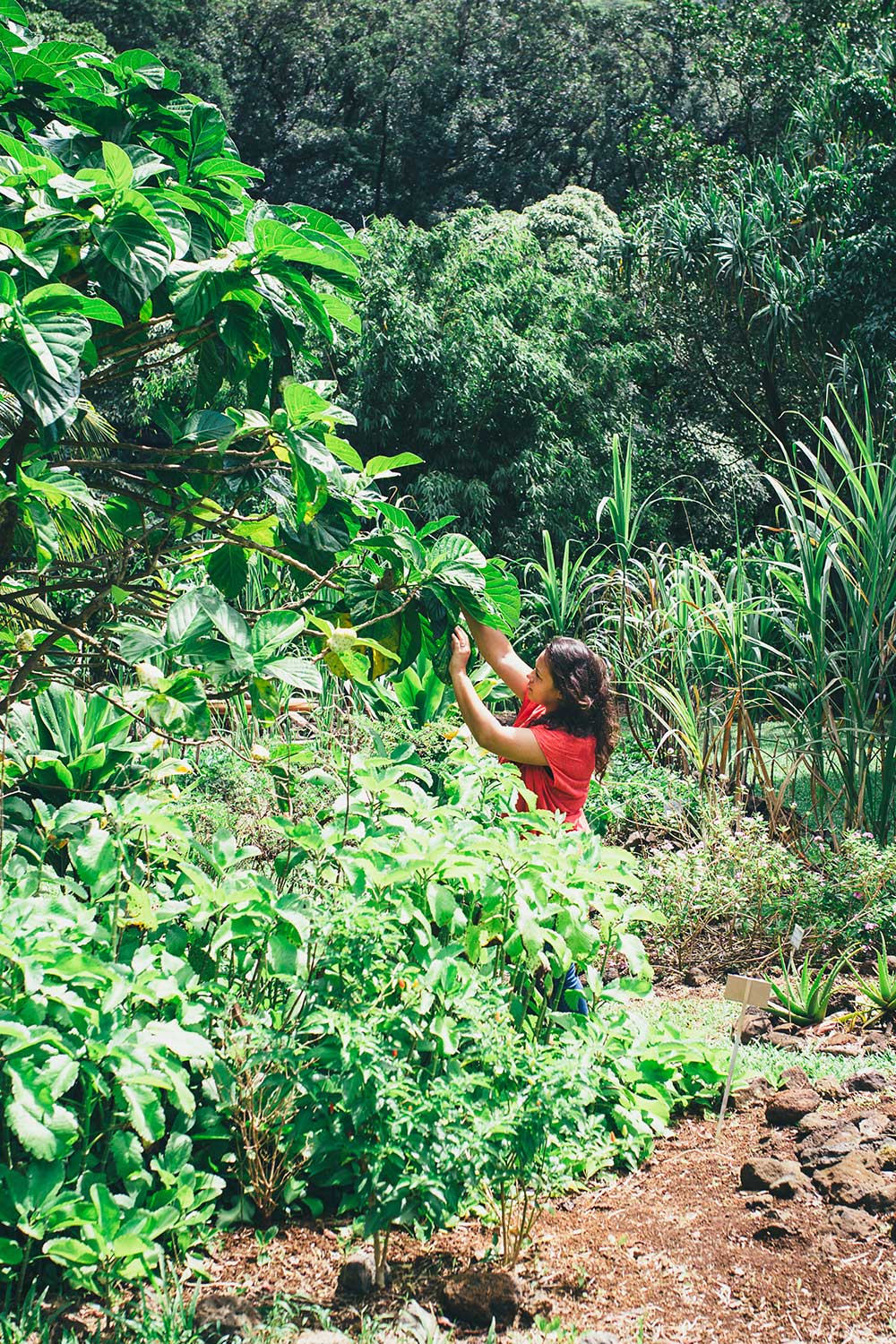

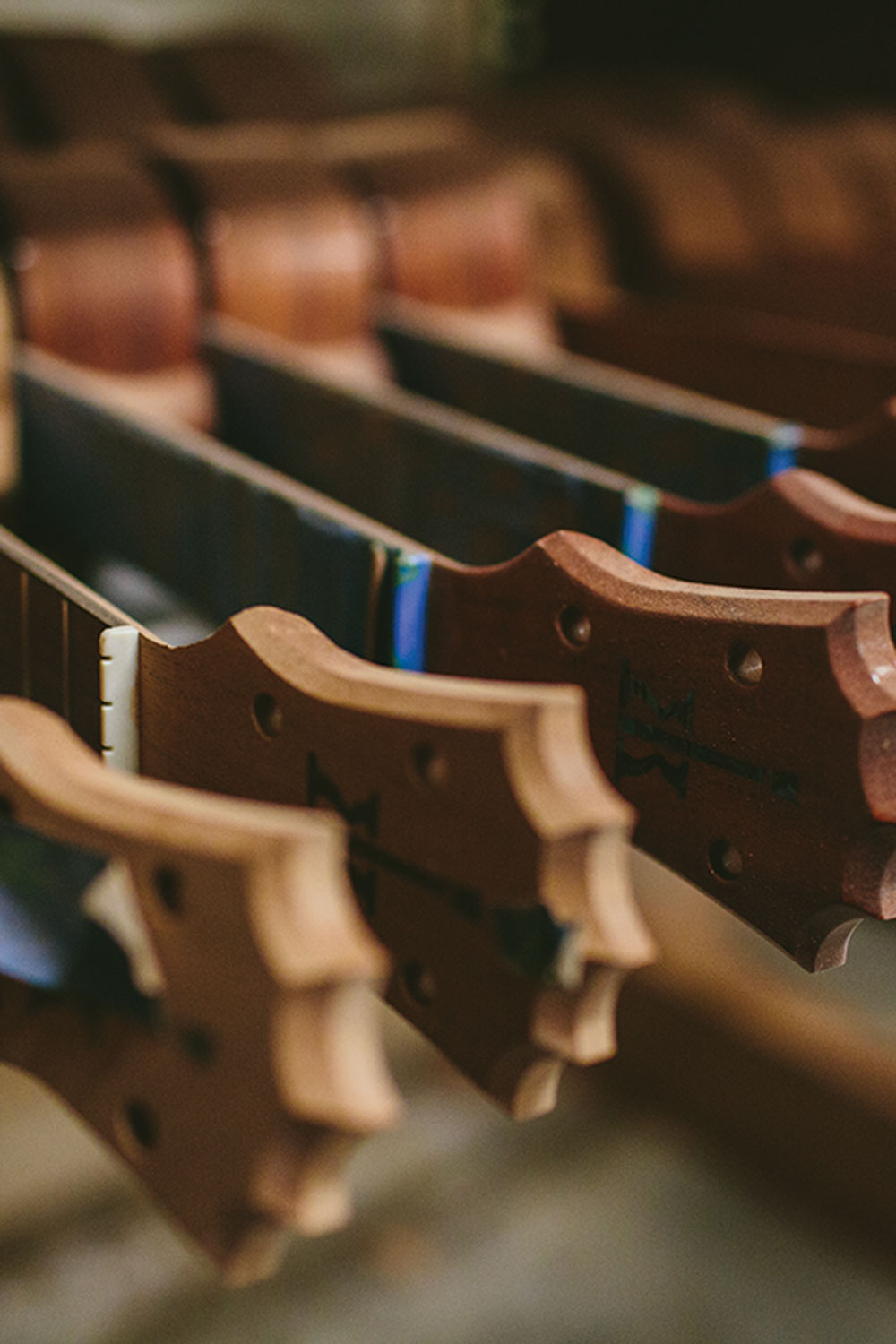
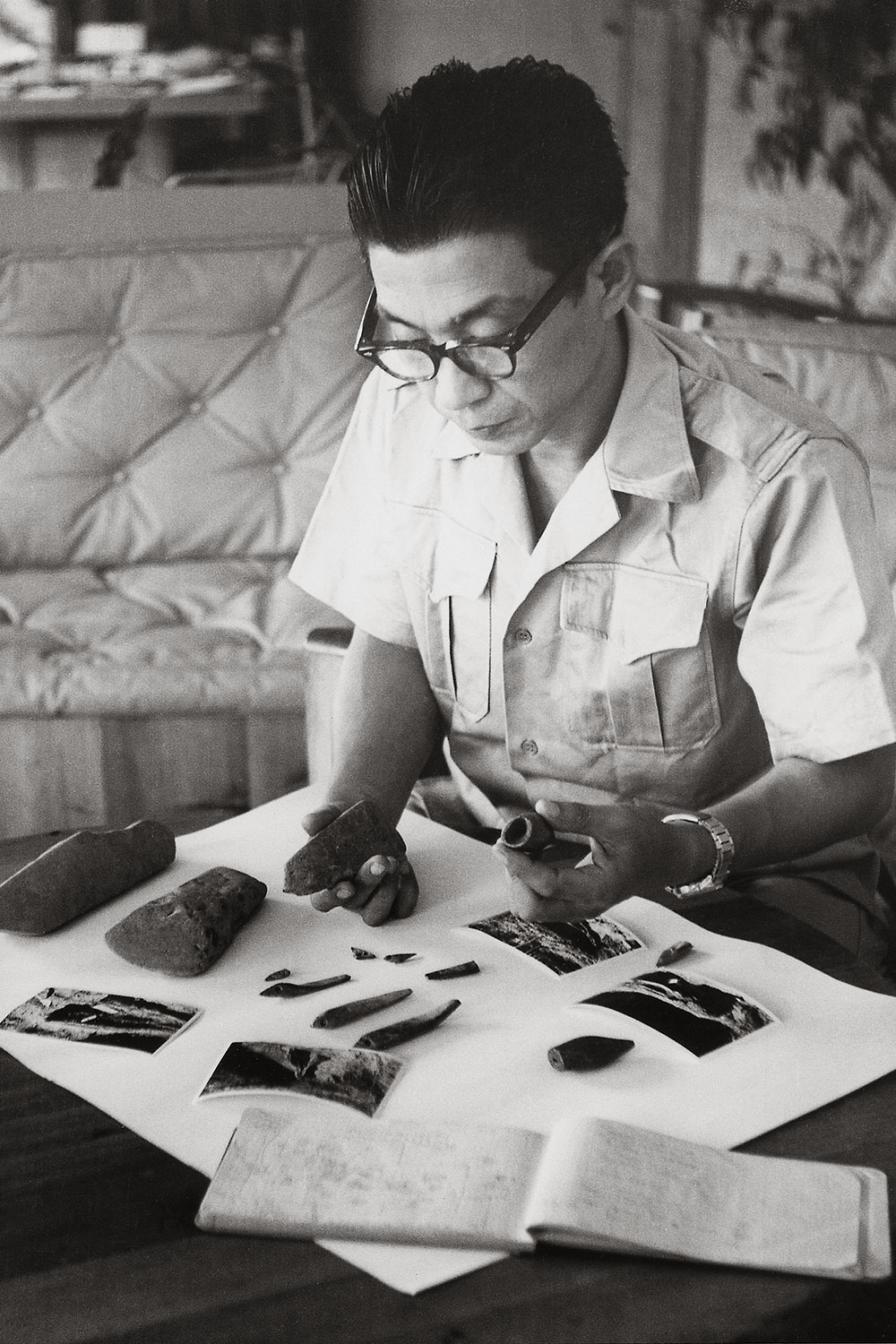
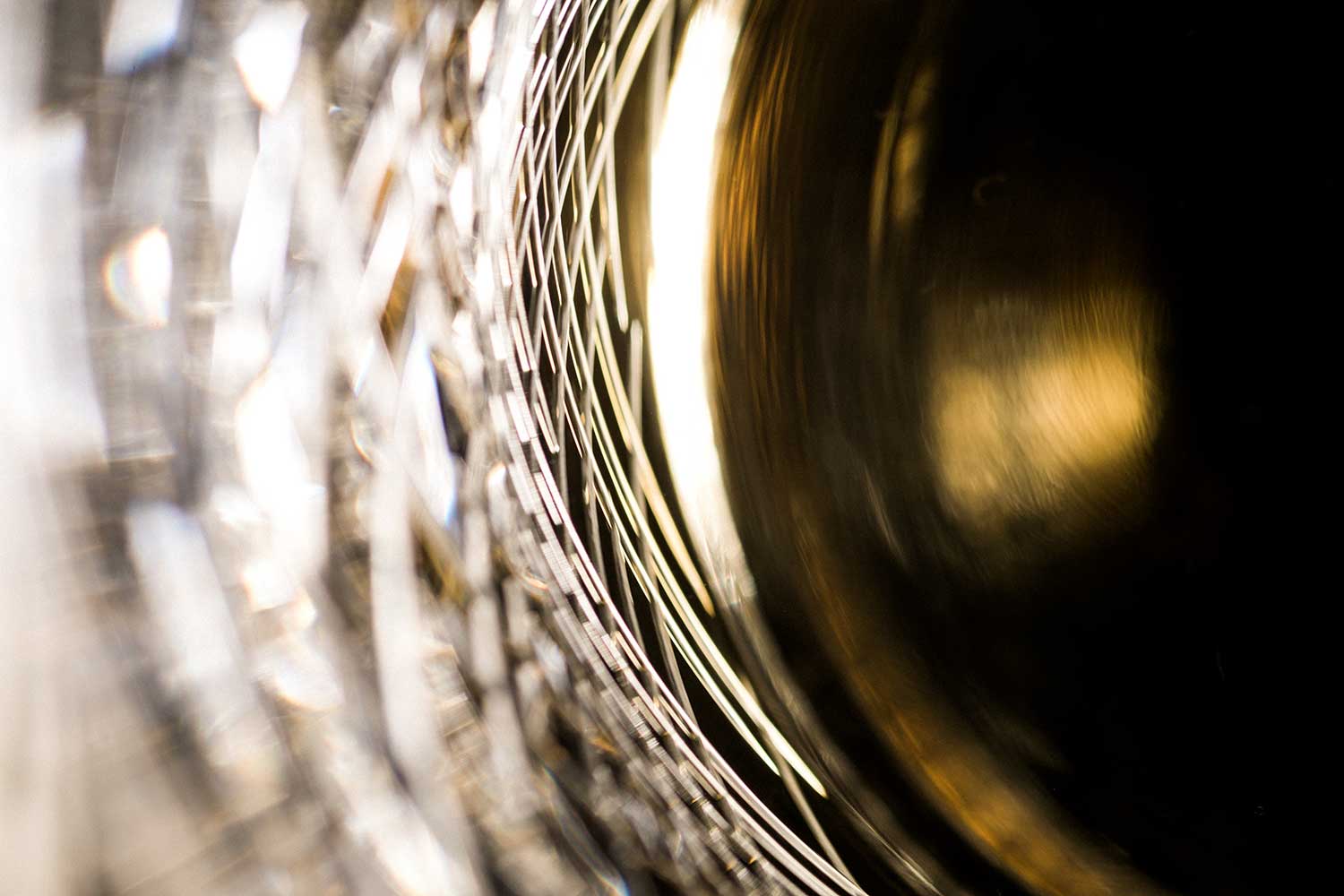













Share: